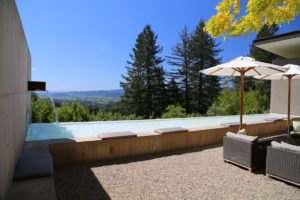
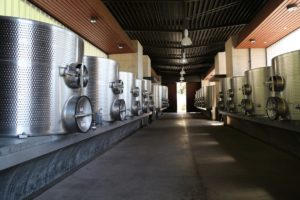 CADE Estate Winery, under the same ownership as PlumpJack, is part of a select group owning more than one physical winery within Napa Valley. The two founders of The PlumpJack Group are San Francisco’s former mayor Gavin Newsom and philanthropist, composer and entrepreneur Gordon Getty. John Conover who joined Plumpjack in 1999 is also a principal and is the General Manager. Our first visit to the property was with John, well before construction was even completed. PlumpJack’s beginnings were in San Francisco; in 1992 former San Francisco mayor Gavin Newsom along with Gordon Getty opened a wine shop called PlumpJack Wines in the Fillmore District, featuring an excellent selection of both European wines, California wines, spirits and craft beer. This original store is still open to the public. Today they also operate a second smaller wine shop in Noe Valley.
CADE Estate Winery, under the same ownership as PlumpJack, is part of a select group owning more than one physical winery within Napa Valley. The two founders of The PlumpJack Group are San Francisco’s former mayor Gavin Newsom and philanthropist, composer and entrepreneur Gordon Getty. John Conover who joined Plumpjack in 1999 is also a principal and is the General Manager. Our first visit to the property was with John, well before construction was even completed. PlumpJack’s beginnings were in San Francisco; in 1992 former San Francisco mayor Gavin Newsom along with Gordon Getty opened a wine shop called PlumpJack Wines in the Fillmore District, featuring an excellent selection of both European wines, California wines, spirits and craft beer. This original store is still open to the public. Today they also operate a second smaller wine shop in Noe Valley.
In the early 2000s, PlumpJack was looking to expand their operations (due to limited vineyard acreage at the time) and located and purchased this Howell Mountain site and soon decided it was the perfect location to build another winery. This Howell Mountain property creates a hillside grown wine completely different in style than the PlumpJack wines which are typically from the valley floor. Hillside vineyards tend to produce grapes with a higher skin to juice ratio (smaller grapes), often creating more intense and structured wines than those produced on the valley floor. In addition, this location puts them in the Howell Mountain neighborhood with some other top producers or vineyards including Dunn Cellars, Heitz Cellar and Abreu.
Almost immediately upon its completion, Cade became known for combining a luxury experience with stellar views and excellent wines. Its location is conducive for privacy as it is hidden away from the sometimes-busy parts of the valley floor despite being only about a 15-minute drive from St. Helena. Its presence seems timeless; part of this can be attributed to the seamless design of the buildings and how well they blend in with the natural environment.
As with other PlumpJack holdings which are tied to Shakespeare’s writings, CADE is derived from a Shakespearean-era term for an oak cask or barrel. The winery and hospitality center are located just off of Deer Park Road before it ascends into the small town of Angwin. We had the privilege of touring the winery during the middle of construction and have been back many times since.
A 15,000-foot cave was designed by the talented architect and Guadalajara, Mexico native, Juan Carlos Fernandez. This was his first winery project but previously he had international design experience on a variety of buildings. He compares building a winery to a restaurant and says, “a lot of what you do depends on the chef’s needs. In the case of a winery, though, it’s the winemaker, not the chef, who helps to shape the program”. Since the construction of CADE, Juan Carlos has certainly left his imprint on Napa Valley with his own firm Signum Architecture. Signum has been responsible for designing Odette Estate, BRAND, Melka, Sinegal, Nine Suns, Brasswood Winery and Covert among other.
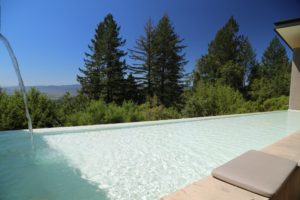
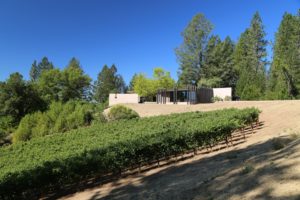 The winery is situated on the edge of a hillside at an elevation of about 1800 feet and the views overlooking the valleys and hillsides are memorable. During rainy weather, a visit to this winery is, borrowing from a movie title, truly “a walk in the clouds”. Part of CADE’S own property is part of the Napa Land Trust and will always remain in its natural state. Due to the number of red bark manzanita bushes in the area, CADE appropriately chose this tree to be the symbol for their logo. The original tree that inspired the design for their logo grows in front of the winery building.
The winery is situated on the edge of a hillside at an elevation of about 1800 feet and the views overlooking the valleys and hillsides are memorable. During rainy weather, a visit to this winery is, borrowing from a movie title, truly “a walk in the clouds”. Part of CADE’S own property is part of the Napa Land Trust and will always remain in its natural state. Due to the number of red bark manzanita bushes in the area, CADE appropriately chose this tree to be the symbol for their logo. The original tree that inspired the design for their logo grows in front of the winery building.
Much can be written about the CADE buildings. The winery was built “green”, with no wood used in the construction. Concrete containing a percentage of ash recovered from coal burning plants was used as well as recycled plastic. In addition, almost all the metal used in the winery building has also been recycled. With a set number of unique vineyard blocks on the property there are an equal number of corresponding tanks so that each block can be managed separately during fermentation. The CADE Winery building has also been LEED Gold certified and was the first winery in Napa Valley to receive this prestigious certification. LEED is a program under the US Green building council that accesses a building’s impact on its location as well as environmental performance.
We have visited approximately 150 wine caves in the valley (both private and bonded); this cave is unlike any of the others. It is designed roughly in the shape of a shield resembling PlumpJack’s logo, and the center of the cave is a huge horn shaped room with an interesting ceiling design used throughout all of the tunnels. The metal tasting table in the central room of the cave; it is quite unique as it was made from the metal of a World War II submarine.
The total property encompasses 54 acres, 21 of which are planted to vine including the majority Cabernet Sauvignon, with small amounts of Malbec and Petite Verdot) in primarily volcanic ash laden soils. The vineyard acreage is divided into six distinctive blocks. Visitors driving up to the winery pass in between block 2 and 3, both blocks planted entirely to Cabernet Sauvignon.
CADE’S head winemaker oversees the various wine making operations between all of their Napa Valley properties. Nils Venge, the well-known Napa king of Cabernet Sauvignon was PlumpJack’s consulting winemaker for a number of their vintages following their inception in 1995. The first ever release of CADE was the 2005 vintage; the CADE wines were made at PlumpJack until CADE Winery was completed in 2009.
As of the time of this review, tours + tastings (combined) are provided several times a day and typically are paired with food prepared on site by chef. The tasting plus tour lasts about 90 minutes. An organic garden is on site and provides some of the fresh produce used by chef. If the weather permits, tastings are hosted outside in their courtyard surrounded by the hospitality center or inside the well-appointed tasting room. And this room has a nice feel to it, comfortable yet sophisticated with the bonus of featuring great views overlooking the hillsides and into Napa Valley.
Select Wines
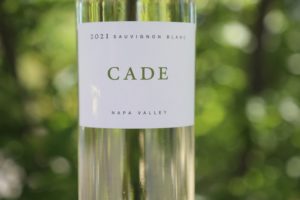
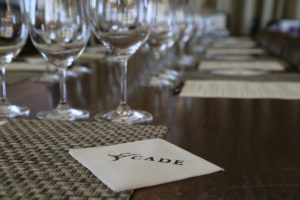 CADE focuses on two varieties; Sauvignon Blanc and Cabernet Sauvignon with several bottlings of each varietal produced each vintage.
CADE focuses on two varieties; Sauvignon Blanc and Cabernet Sauvignon with several bottlings of each varietal produced each vintage.
Sauvignon Blanc
The 2023 Cade Sauvignon Blanc is a blend of 84% Sauvignon Blanc, 12% Sauvignon Blanc Musqué, 2% Sémillon and 2% Viognier. Each variety was fermented separate from each other in a diversity of vessels including concrete eggs, stainless steel drums, and stainless steel tanks. The wine was then aged sur lies for 5 months in both barrels and stainless steel drums with no battonage. This wine is light to medium straw in color; highly floral the nose immediately offers aromas of honeysuckle and star jasmine with a diverse layering of orchard and tropical fruits. These include lychee, pineapple, guava, papaya, comise pear, lime and a layer of chalk. Bright and minerally this wine tastes like guava, golden delicious apples, lime, and pear. It is comfortably settled in between the extremes that this variety produces, by this we mean it’s not green or grassy, nor is it overly tropical either. Its fleshy texture is complemented nicely by a lively and mouthwatering acidity.
The 2021 CADE Sauvignon Blanc Napa Valley is deep straw in color; its bouquet is bright, lively and very youthful (we tasted less than a year past its vintage date); this wine smells like the variety with aromas of citrus blossom, freshly cut grass, lime zest, lemongrass, green apple, grapefruit and jasmine. It is highly aromatic. The palate features a gentle rounded texture from start to finish which complements nicely the bright and zingy acidity and mineralities. Offers flavors of lemon meringue, lime and grapefruit. The lively finish begs another sip. We recommend drinking this with a spicy Vietnamese pho some warm summer evening poolside. This thoughtfully made wine was fermented in a variety of vessels including new and used French oak, a concrete egg and both stainless steel tanks and drums.
The 2020 CADE Estate Sauvignon Blanc Oakville is 43% Sauvignon Blanc, 42% Sauvignon Blanc Musqué Clone, 14% Semillon and 1% Viognier. This wine is medium straw in color; the bouquet offers bright citrusy aromatics including orange blossom, lime/lemon zest, some mineralities, a light flinty/steely character, lemongrass and pomelo. Smelling and tasting this on an unusually frigid and rainy first day of Spring, made us dream of only thing only – wishing we were sipping this by a pool on a warm summer afternoon in Napa Valley. From its bright and fresh scents, one would think this would be an acidic zinger on the palate. Its not. Rather it shows a very balanced acidity complemented nicely by a light rounded mouth feel. It offers flavors of green apple and some citrus notes. This is not a super ripe Napa Valley more tropical showing of this variety. It was fermented in 23% new French oak barrels, 30% in concrete eggs, and 47% in stainless steel drums. It was was aged sur lie for six months, blended and then finished aging in stainless steel barrels before bottling. It did not go through any malolactic fermentation.
The first ever CADE white wine produced was a 2006 Sauvignon Blanc blended slightly with Sémillon. PlumpJack was a pioneer in Napa Valley for using screw caps instead of corks and from the beginning, some of the CADE wines were bottled in the same manner (and still are). The 2007 CADE Sauvignon Blanc offers a noticeably aromatic nose of tropical aromas (pineapple) and cut grass. On the palate its crispness is evident; it shows flavors of dried lemongrass and lemon. The finish is smooth and clean. This wine was fermented in 30% neutral oak and 70% stainless steel tanks so it’s not an “oaky” bottling. Their 2008 vintage incorporated several different aging programs including stainless steel tanks, concrete “egg” tanks and several different types of oak.
Cabernet Sauvignon
The 2021 CADE Howell Mountain Estate Cabernet Sauvignon is 90% Cabernet Sauvignon, 6% Malbec and 4% Petit Verdot. This wine is deep ruby in color with a light amaranthine rim. On the bouquet, the aromas are floral and fruit driven; these include violets, lilacs, ripe blackberry, boysenberry jam, dark cherry with baking spices including clove and nutmeg. The generous palate offers a ripe but balanced showing of both this variety and this vintage in Napa Valley. It sports intense flavors of blackberry, boysenberry, mulberry, and dark cherry. This is a full expression of the variety. The grainy and gritty tannins continue to persist beyond the fruit on the finish. Oak is a lightly complementing character on both the bouquet and the palate; the star of the show here is clearly the fruit. In terms of being a crowd friendly, this wine delivers in spades in that regard.
The 2019 CADE Napa Valley Cabernet Sauvignon is a blend of 87% Cabernet Sauvignon, 5% Merlot, 5% Petit Verdot, and 3% Malbec. This wine is deep ruby and almost opaque; the bouquet initially offers a light note of mint, dark chocolate and old cedar but as it evolves in the glass the fruit becomes more expressive. This wine is already balanced and approachable in its youth (we tasted less than 4 years post vintage). It offers flavors of boysenberry, licorice, plum and black cherry. The long fruit-filled finish shows both wood and grape tannins expressing an intensity of mountain grown fruit but without any heavy texture. The tannins are earthy, dense and linger for some time along with a note of dried tobacco.
The 2006 CADE Cuvée Cabernet Sauvignon was sourced from several prime Napa Valley vineyards including the Beckstoffer managed Dr. Crane and the famed To Kalon vineyards. This wine is very dark in the glass with a bouquet of blackberry, black cherry and a lingering kiss of vanilla. The entry and mid palate are rather soft and approachable with a solid central core of black fruit leading to a finish with excellent structure; this wine has a robust backbone.
The 2005 CADE Cabernet Sauvignon was the first wine ever produced by CADE and was sourced entirely from Howell Mountain (their home appellation, but not their own vineyards). This wine shows aromas of baking spices, blackberry and hints of chocolate on the bouquet. As with their cuvée the entry is rather soft and very fruit forward leading to a big, long finish showcasing a robust grip and layers of tannin. Drink with food now or cellar; either way this wine is ready to enjoy when you open it.
—
The first wine from the estate was released in the fall of 2010. With excellent vineyard sources already locked up they will continue to produce wine from other appellations within Napa Valley as well as wine from their Howell Mountain estate vineyard. For more information, to book a visit and tasting and or to join their wine club (Elevation Society), visit: www.cadewinery.com
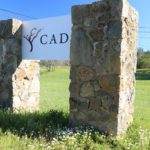 NOTE: the PlumpJack Group purchased the former Ladera property and winery in 2016 and have since renamed it to 13th Vineyard by CADE Estate; it currently is used as a red wine only production facility and for hosting select Library tastings. This is the oldest physical winery on Howell Mountain.
NOTE: the PlumpJack Group purchased the former Ladera property and winery in 2016 and have since renamed it to 13th Vineyard by CADE Estate; it currently is used as a red wine only production facility and for hosting select Library tastings. This is the oldest physical winery on Howell Mountain.
Reference our separate review on this site for our notes about this other property, 13th Vineyard by CADE.
Estate Vineyards
Hospitality
Winery/Cave






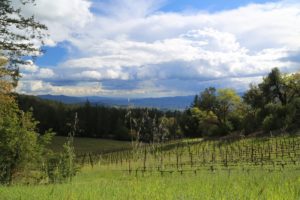
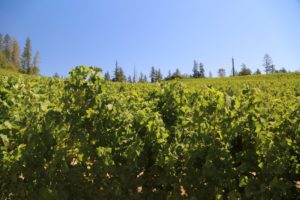
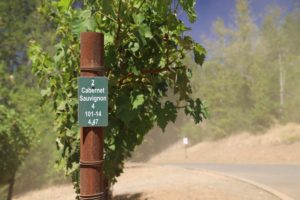
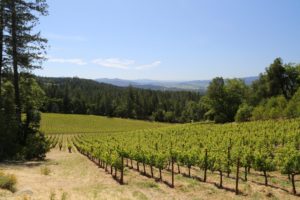
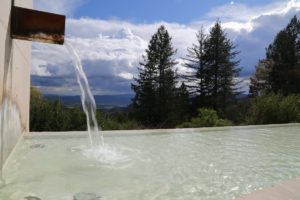
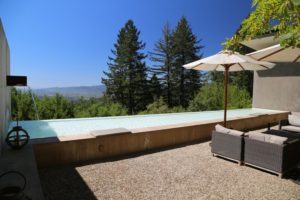
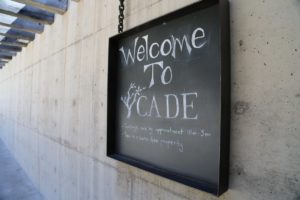
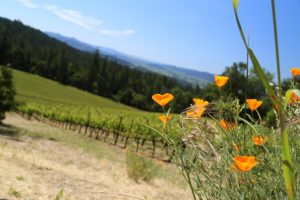
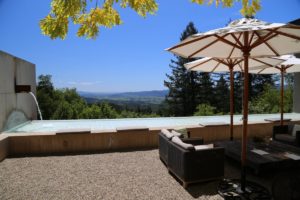
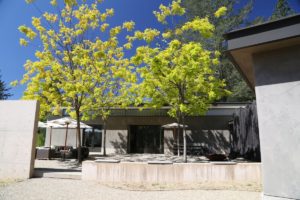
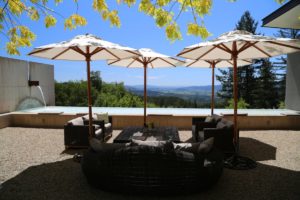
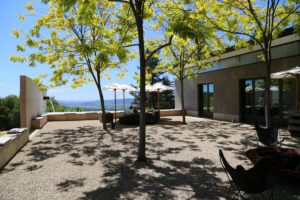
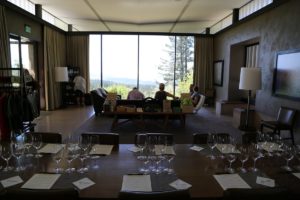
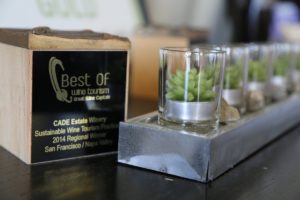
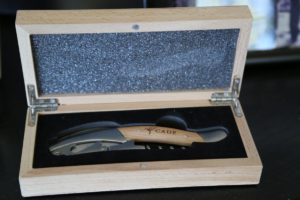
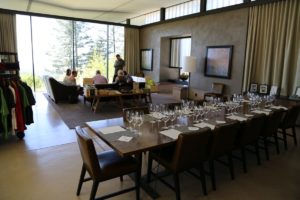
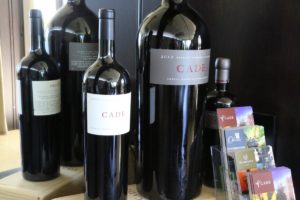
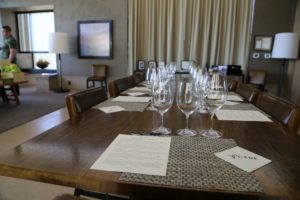
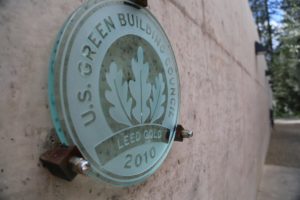
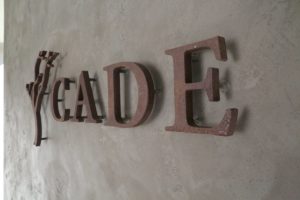
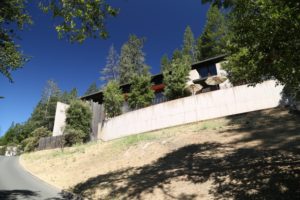
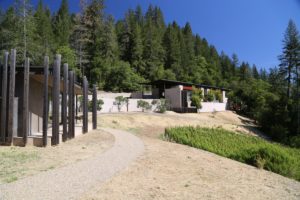
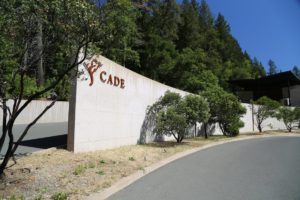
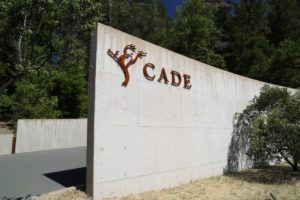
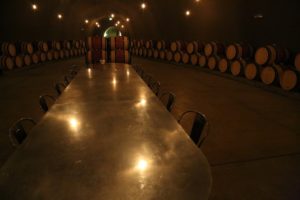
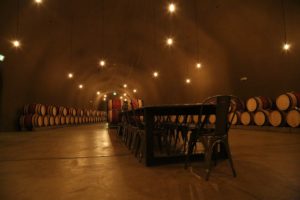
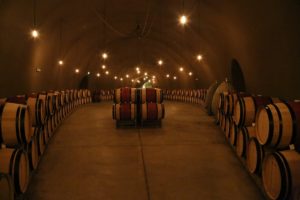
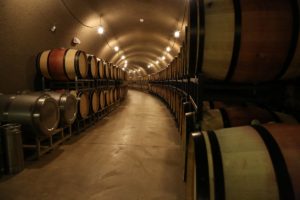
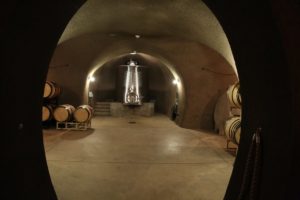
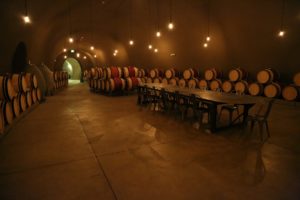
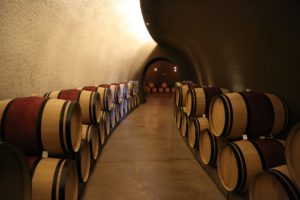
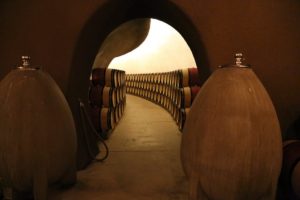
Leave a Reply